At 7:53 am on April 30, 1975, a Marine Corps CH-46E Sea Knight helicopter evacuated the last Marine security guards from the roof of the US Embassy in Saigon. Master Sergeant Juan Valdez was the last Marine to board. Valdez had previously served a long tour of duty in Vietnam from 1965 to 1975.
Later that day, around 10:00 am, Saigon fell to the communist armies of North Vietnam—just two years after the Paris Peace Accords and the withdrawal of American forces from South Vietnam.
Operation Frequent Wind
This final evacuation flight was part of Operation Frequent Wind—arguably the world’s largest helicopter evacuation—which airlifted 1,373 Americans and 5,595 Vietnamese and third-country nationals out of Saigon on April 29 and 30, 1975.
The evacuation marked the final retreat of the US from Saigon, 20 years after the arrival of the first US advisors in South Vietnam and nearly three years after the last US combat troops had exited the country.
This final, chaotic, and terrifying scene represented a deeply humiliating moment for the US—a nation that had never previously lost a war.
Story in This Piece
This article traces the history of the Vietnam War, the damage it inflicted on the perception of US invincibility, and the massive loss of life on both sides. It concludes with reflections relevant to today’s ongoing conflicts in Europe (Russia–Ukraine war), the Middle East (Israel–Hamas war), and across Africa.
A War Reporter Reports
Among the foreign journalists who witnessed the collapse of Saigon was Loren Jenkins, a Newsweek reporter at the time (later with NPR’s foreign desk), who documented the final hours of the US presence in Vietnam. In a recent NPR interview, Jenkins stated:
“It was a stupid war. Never should have been waged. It was vicious, nasty to everybody—to the Americans who were sent to fight it and to the poor Vietnamese who were bombed.”
Futility of Invasion
As Jenkins rightly noted, it was an unwanted and futile war with no true victors. It became a permanent stain on the image of the world’s greatest superpower. Though America considered Operation Frequent Wind a logistical success, it was, in essence, a colossal failure. The chaotic evacuation—with people scrambling for flights to safety—evoked haunting parallels to the Kabul airport crisis in August 2021, following the Taliban’s rapid takeover of Afghanistan.
In both Saigon (April 30, 1975) and Kabul (August 15, 2021), many eligible evacuees were left behind.
But the clearest lesson from the disordered evacuation was the fundamental futility of America’s initial involvement in Vietnam.
Vietnam Celebrates
Wednesday, April 30, marked fifty years since America’s ignominious final retreat in what the world remembers as the “Fall of Saigon” and what Vietnam celebrates as the end of the “American War”. The anniversary was marked in Ho Chi Minh City (formerly Saigon), now a thriving metropolis of nine million, with a grand parade featuring soldiers, dancers, and leaders’ speeches praising what the country’s communist leadership called “the triumph of justice”.
From Friends to Foes
After World War II, many Vietnamese admired the US for helping to repel the Japanese. Even Ho Chi Minh, the nationalist and communist revolutionary, initially leaned pro-American. But through the tenures of five US presidents, that relationship soured, eventually culminating in a brutal war between the two nations.
Prelude to the War
Why did the war begin at all?
Vietnam was thousands of miles from American shores, and many Americans couldn’t even locate it on a map. Yet, driven by fears over the spread of communism, the US got involved. In 1947, President Harry S Truman declared that American foreign policy would assist any country whose stability was threatened by communism. Soon after, fearing Vietnam would follow a similar path, Truman sent military advisors, transport planes, and jeeps as part of a multimillion-dollar aid package.
That marked the beginning of America’s deepening involvement in Vietnam.
The War Begins
In 1954, the French suffered a catastrophic defeat at Dien Bien Phu, ending their colonial rule in Vietnam. President Eisenhower, Truman’s successor, was initially hesitant about involvement, especially after the Korean War. He noted in his diary, “I am convinced no military victory is possible in that kind of theatre.” Yet, he persisted due to his belief in the “domino theory”—that if one country fell to communism, its neighbours would follow.
Vietnam was partitioned: Ho Chi Minh controlled the North, while US-backed Ngo Dinh Diem ruled the South. Eisenhower strongly supported the authoritarian Diem, and before the end of his presidency, open conflict broke out between Diem’s forces and the Viet Cong—South Vietnamese communist insurgents supported by the North. Both sides engaged in brutal tactics, including torture and political assassinations.
Thus, the Vietnam War escalated, and the US was drawn deeper into the conflict.
Escalation
Until President Kennedy’s assassination, US involvement remained relatively limited. But that changed drastically in August 1964, when the Gulf of Tonkin incident prompted Congress to grant President Lyndon B Johnson sweeping war powers.
With the South Vietnamese government on the brink of collapse, Johnson deployed US combat troops in early 1965 and launched a relentless bombing campaign—Operation Rolling Thunder—that would continue for years. The draft call surged, and by 1967, nearly 500,000 American troops were deployed in Vietnam. That same year, anti-war protests erupted across US cities.
A Tale of Five Presidents
It’s striking that five American presidents—Truman, Eisenhower, Kennedy, Johnson, and Nixon—oversaw the Vietnam War. Privately, each expressed doubts about the war’s purpose and viability. Yet none wanted to be remembered as the one who “lost Vietnam to the communists”.
Collateral Damage
The Vietnam War ended in early 1973, after nearly eight years of combat and the deaths of almost 60,000 American soldiers. It also claimed the lives of over three million Vietnamese civilians and soldiers. Beyond the human toll, America suffered a staggering loss of credibility, capped by the humiliating images of evacuation from the US Embassy rooftop.
Unwarranted
Fifty years later, public opinion still reflects the war’s unpopularity. A recent Emerson College Polling/Nexstar Media poll found the Vietnam War to be the least-supported major American conflict of the past century. Among Vietnam veterans, 46 per cent said it wasn’t justified, while 41 per cent believed it was. Among the general public, 44 per cent said it wasn’t justified, 29 per cent said it was, and about 27 per cent were unsure.
The Stubborn Wound
While Americans mourn the fall of Saigon, few believe staying longer would have changed the outcome. The Vietnam War lasted nearly 15 years, cost $140 billion, and claimed 58,220 American lives—yet ended in defeat. As The New York Times observed on the 50th anniversary, “The Vietnam War became a stubborn wound in American life.”
Vietnam Today
While the war remains a lingering wound in America, Vietnam has rebuilt. Despite losing over three million people, the country has moved on. With a 6 per cent GDP growth rate and nearly $5,000 per capita income, Vietnam is now a top-10 US trading partner, with $49 billion in two-way trade—though the US faces a $23 billion trade deficit.
Fifty years after unification, Vietnam remains a one-party communist state, yet it is relatively prosperous. Ironically, Vietnam is again being courted—by both America and China. But it cannot choose just one; it needs both.
Time to Learn the Hard Lessons
War has been part of human civilisation since the beginning. But it inflicts immense suffering on nations and innocent civilians. Every year, Vietnam remembers its dead and celebrates how it defeated the French, the Americans, and ultimately the South Vietnamese.
For America, the fall of Saigon triggered a period of soul-searching that redefined how the nation viewed its global role. Still, that reflection did not stop America from entering more wars—some overt, some covert.
The Vietnam War’s aftermath still impacts the US, Vietnam, and the wider world. And despite the hard lessons, violent conflicts continue to erupt—many unnecessary, some partly justified, but all costly.
Make no mistake: in today’s world, where conflict is widespread, humanity remains the ultimate loser. The only winners are the arms manufacturers. It is time to reject war and embrace peace and harmony.
The author is a multi-disciplinary thought leader with Action Bias and an India based impact consultant. He is a keen watcher of changing national and international scenarios. He works as President Advisory Services of Consulting Company BARSYL. Views expressed in the above piece are personal and solely those of the author. They do not necessarily reflect Firstpost’s views.


)
)
)
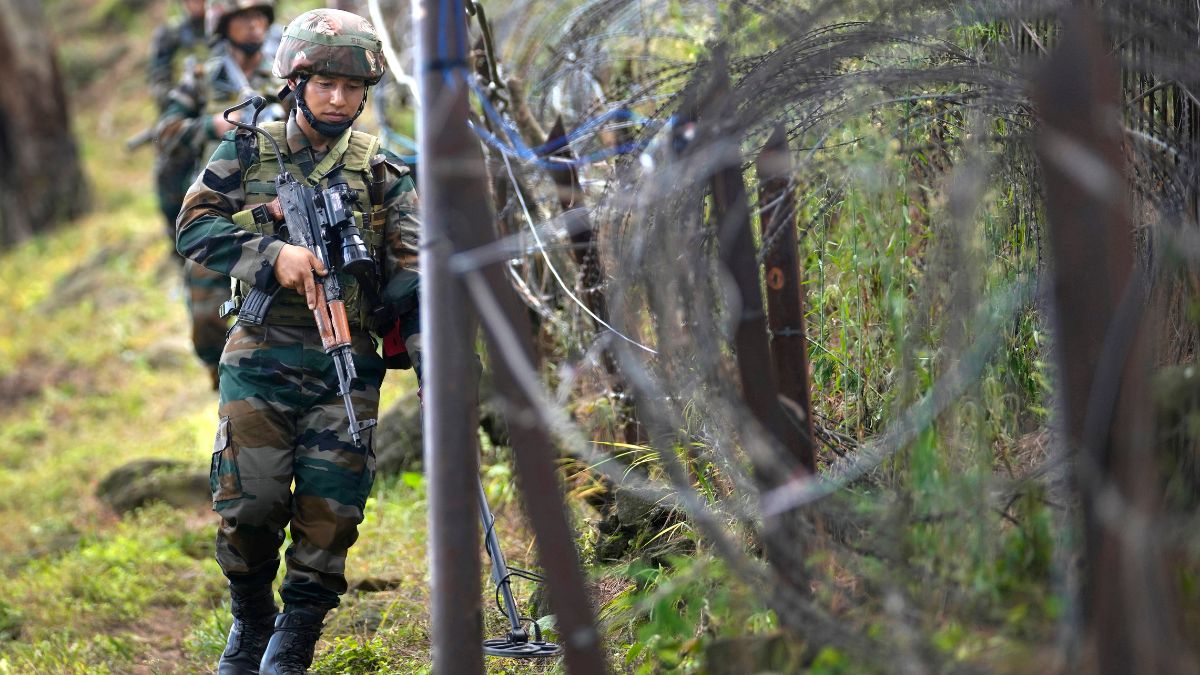)
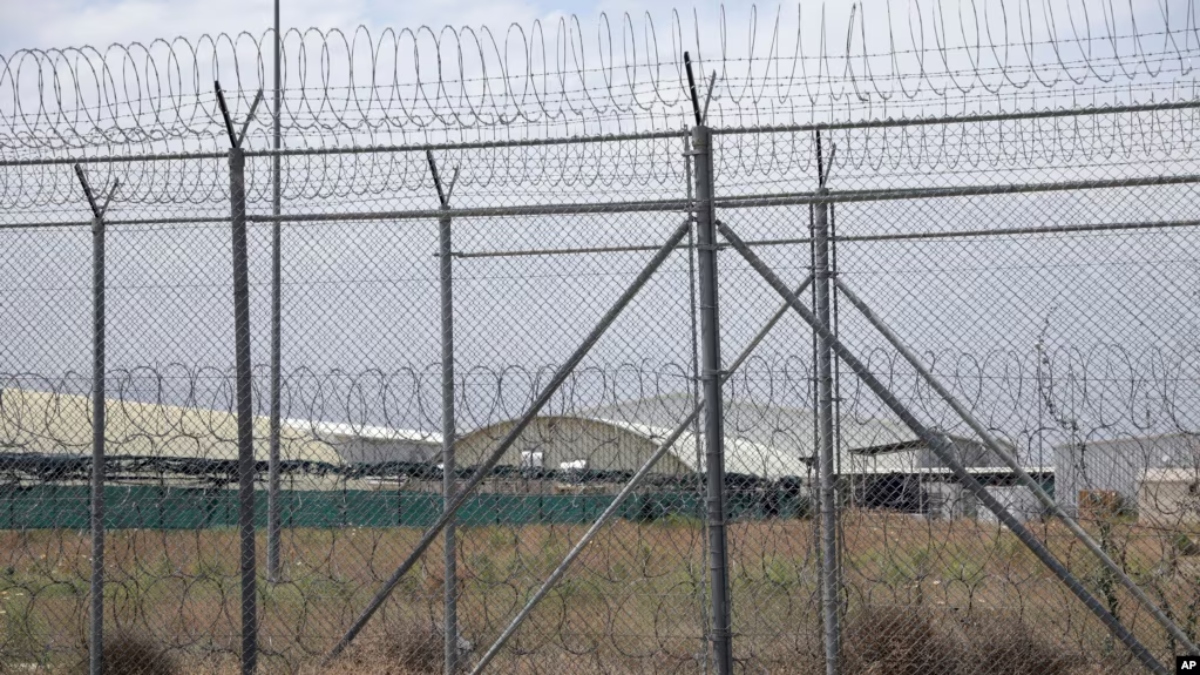)
)
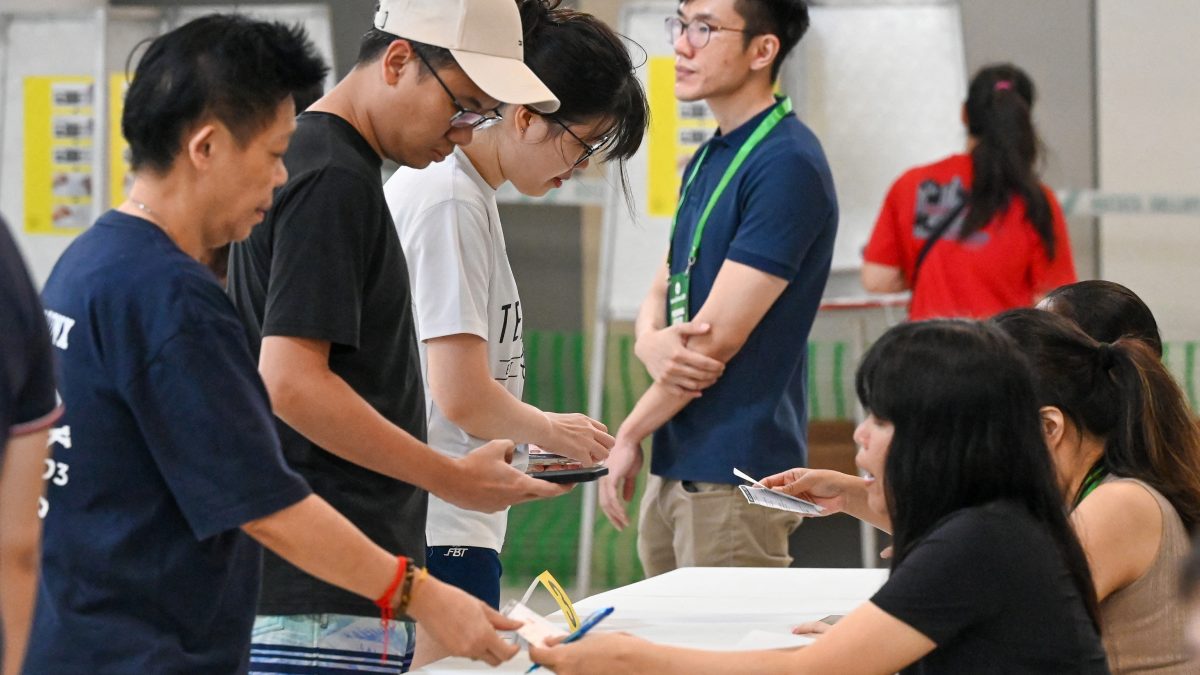)
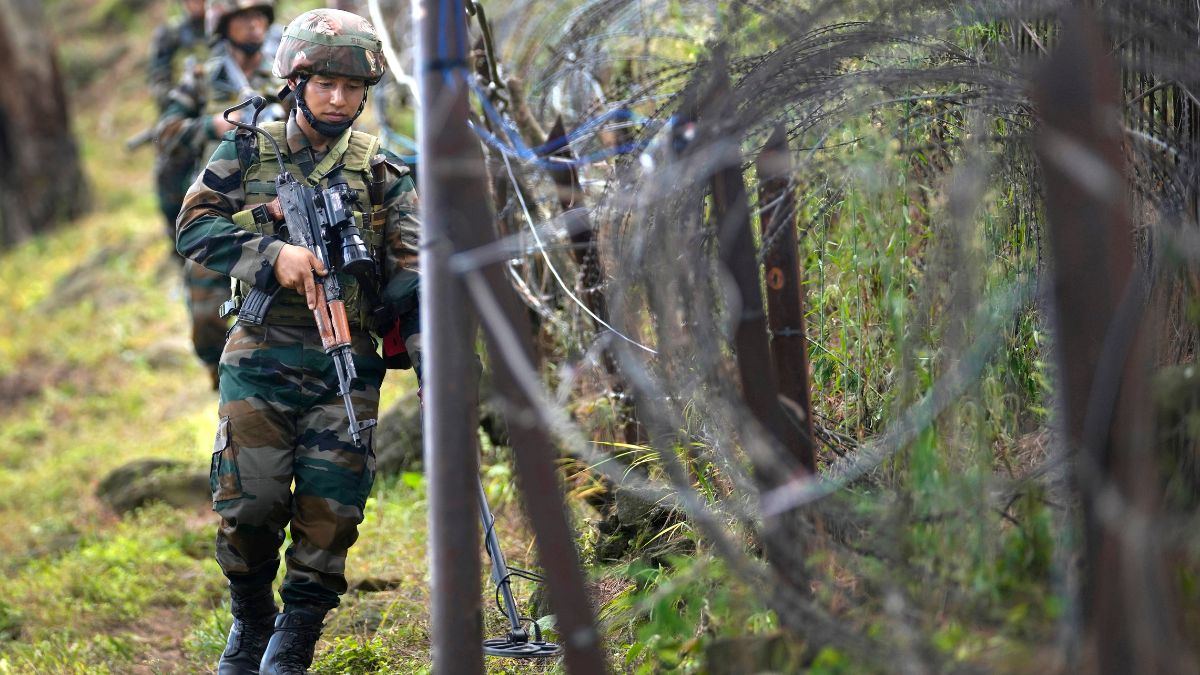)
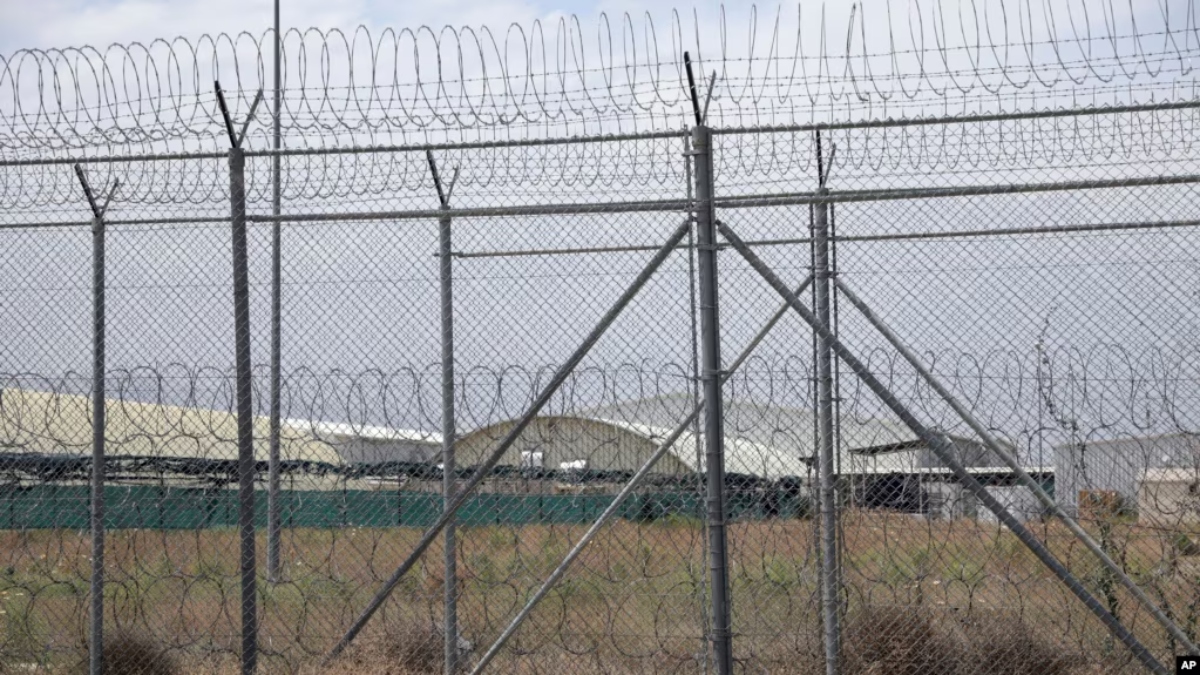)